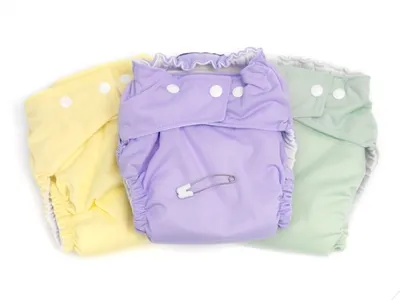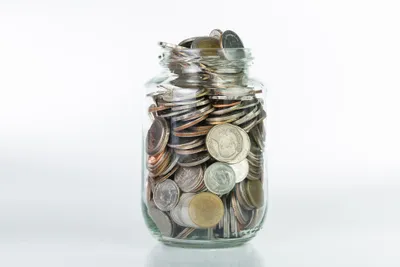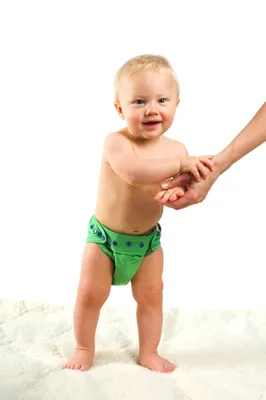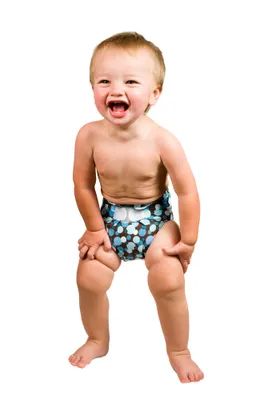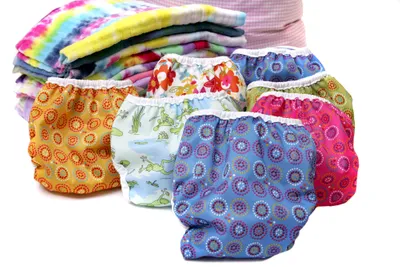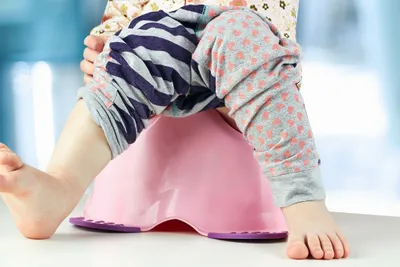It has been a long debate whether to go cloth or disposable as far as diapers are concerned—and while they both have their pluses, cloth seems to be gaining popularity in recent years, especially with younger parents who strive to be environmentally conscious (not to mention parents who also prefer the style choices that come with cloth).
Cloth was really the only choice many years ago, but around the 1950’s disposable diapers came into the market and revolutionized how parents covered up tiny bottoms. While disposables are of course convenient and more absorbent, cloth is re-emerging as the better choice—and here are six reasons why…
1. Cloth Diapers Contribute Much Less to Landfills
Cloth diapers and liners can be reused over and over—meaning they likely won’t end up in the garbage and be trucked to a landfill. The Environmental Protection Agency (EPA) noted that disposable diapers “last centuries” in landfills – and that the average baby will go through 8,000 disposables before learning potty.
Theoretically, that means every disposable diaper ever made is still sitting in a landfill somewhere without decomposing. Canadian magazine The Tyee said back in 2008 that 90-percent of disposables find their way to landfills, and that 4-million diapers are discarded in Canada every day—a country with roughly one-tenth of the U.S. population.
2. Cloth Diapers are Cheaper in the Long Run
A Canadian cloth diaper retailer did a bit of research into the actual costs of using cloth diapers as opposed to disposables (12 per day for 2.5-years). The findings were interesting – brand name disposables (at up to 55 cents CDN a pop) amounts to $4,050 CDN, while pocket cloth diapers (24 inserts and 24 covers) will cost $672 CDN over the same period of time.
Some of you may be saying, “but what about the cost of washing the cloth diapers?” If you calculate the cost of washing cloth diapers as this source did, including detergents, it’s just a little over $200 a year to maintain them. That’s still way below the cost of disposables—and you won’t waste any time or gas picking them up at the store.
3. Cloth Diapers can be More Comfortable
Consider your own undergarments—are they made with paper and plastic products like disposable diapers are? No, probably not, unless you need adult absorbent products for health reasons. The reason we wear cloth (fabric) undergarments is largely due to comfort.
There are many who would argue that disposables are more absorbent and thus more comfortable. BabyCenter said that while it’s true that some brands are better at keeping moisture away from your baby’s bottom, some babies might develop a rash as a result of a reaction to substances in these diapers that are meant to soothe the skin.
4. Cloth Diapers Look Better
Most disposable diapers are a plain white or solid colour, in some cases with a decorative waistband. While that’s perfectly fine from a functional standpoint, today’s trendier and fashion-conscious parents want their children to look as stylish as they do.
Cloth diapers are available in endless patterns and colours, and some look good on their own as a garment. Think denim patterns, polka dots, stripes, dinosaurs, boats…you get the idea. You can even get customized cloth covers with your child’s name or favorite cartoon character.
5. People Collect Cloth Diapers and Pay Big Money
You read that right; cloth diapers can fetch quite a pretty penny even after they’ve been worn for some time. There are collectors out there that will pay top dollar to complete sets or find rarer patterns, and parents even host “diaper swaps” to complete their collections.
According to a 2013 post from Dirty Diaper Laundry, used diapers have sold for hundreds of dollars at auctions, while others fetch high values because of rarity. The most expensive cloth diaper on a list in the post sold for $460—and keep in mind that was 2-years ago. It’s probably safe to say that a used disposable diaper wouldn’t get this kind of buyer interest.
6. Toilet Training may be Quicker with Cloth
The jury still might be out on this one, but some experts believe that cloth diapering leads to quicker toilet training because toddlers can feel wetness on cloth diapers and be more likely to use the potty next time – because having a wet bottom is generally not comfortable for your child.
BabyCentre suggests that if you have been using disposables all along, not to switch to cloth but to consider thick cotton training pants so your child can feel the wetness. Some training pants can also be absorbent and possibly not helpful in the potty training process, notes BabyCentre.

